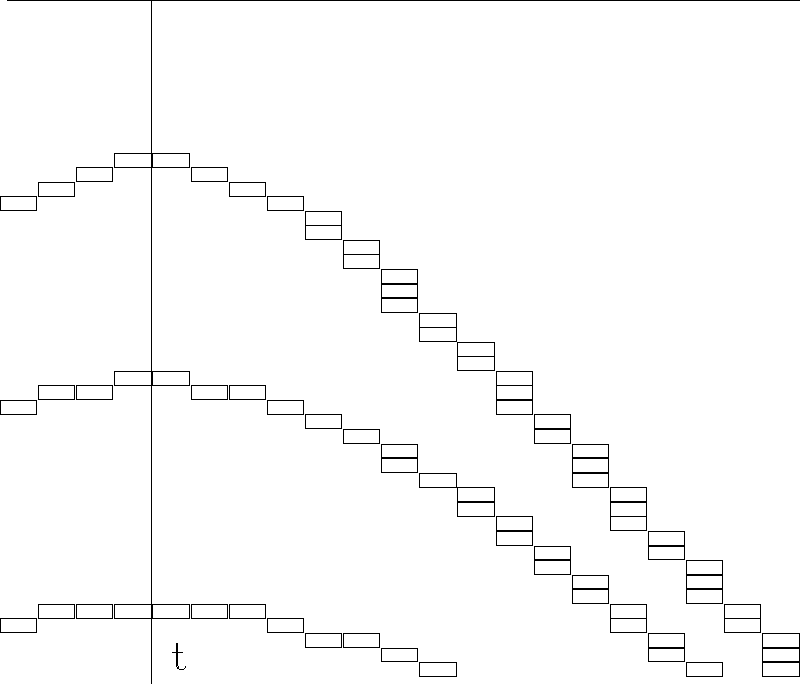![[*]](http://sepwww.stanford.edu/latex2html/prev_gr.gif)
A most universal practical problem in geophysics is that we never have enough recordings. This leads to the danger of spatial aliasing of data. There is no universal cure for this problem (although there are some specialized techniques of limited validity). A related, but less severe problem arises with Kirchhoff type operators. This problem is called ``operator-aliasing''. It has a cure, which we investigate in this chapter.
Fourier and finite-difference methods of migration are immune to the operator-aliasing malady suffered by hyperbola summation (Kirchhoff) migration. Here we will see a way to overcome the operator-aliasing malady shared by all Kirchhoff-like operators and bring them up to the quality of phase-shift methods. The antialiasing methods we develop here also lead to natural ways of handling irregularly sampled data.
We like to imagine that our data is a continuum
and that our sums are like integrals.
For practical purposes, our data is adequately sampled in time,
but often it is not adequately sampled in space.
Sometimes the data is sampled adequately in space,
but our operators, such as hyperbolic integrations,
are not adequately represented by a summation
ranging over the x-coordinate
picking a value at the nearest time t(x).
First we could improve nearest-neighbor interpolation
by using linear interpolation.
Linear interpolation, however, is not enough.
Trouble arises
when we jump from one trace to the next,
![]() ,and find that t(x) jumps more than a single
,and find that t(x) jumps more than a single ![]() .Then we need a bigger ``footprint'' on the time axis
than the two neighboring points used by linear interpolation.
See Figure 1.
Note that in some places each value of x corresponds
to several values of t,
and other places it is the opposite where one value of t
corresponds to several values of x.
An aliasing problem arises
when we approximate a line integral
by a simple sum of points,
one for each value on the x-axis
instead of using the more complicated
trajectory that you see in Figure 1.
.Then we need a bigger ``footprint'' on the time axis
than the two neighboring points used by linear interpolation.
See Figure 1.
Note that in some places each value of x corresponds
to several values of t,
and other places it is the opposite where one value of t
corresponds to several values of x.
An aliasing problem arises
when we approximate a line integral
by a simple sum of points,
one for each value on the x-axis
instead of using the more complicated
trajectory that you see in Figure 1.
|
nmotraj
Figure 1 To integrate along hyperbolas without aliasing, you should include (at least) the points shown. |  |
![[*]](http://sepwww.stanford.edu/latex2html/prev_gr.gif)